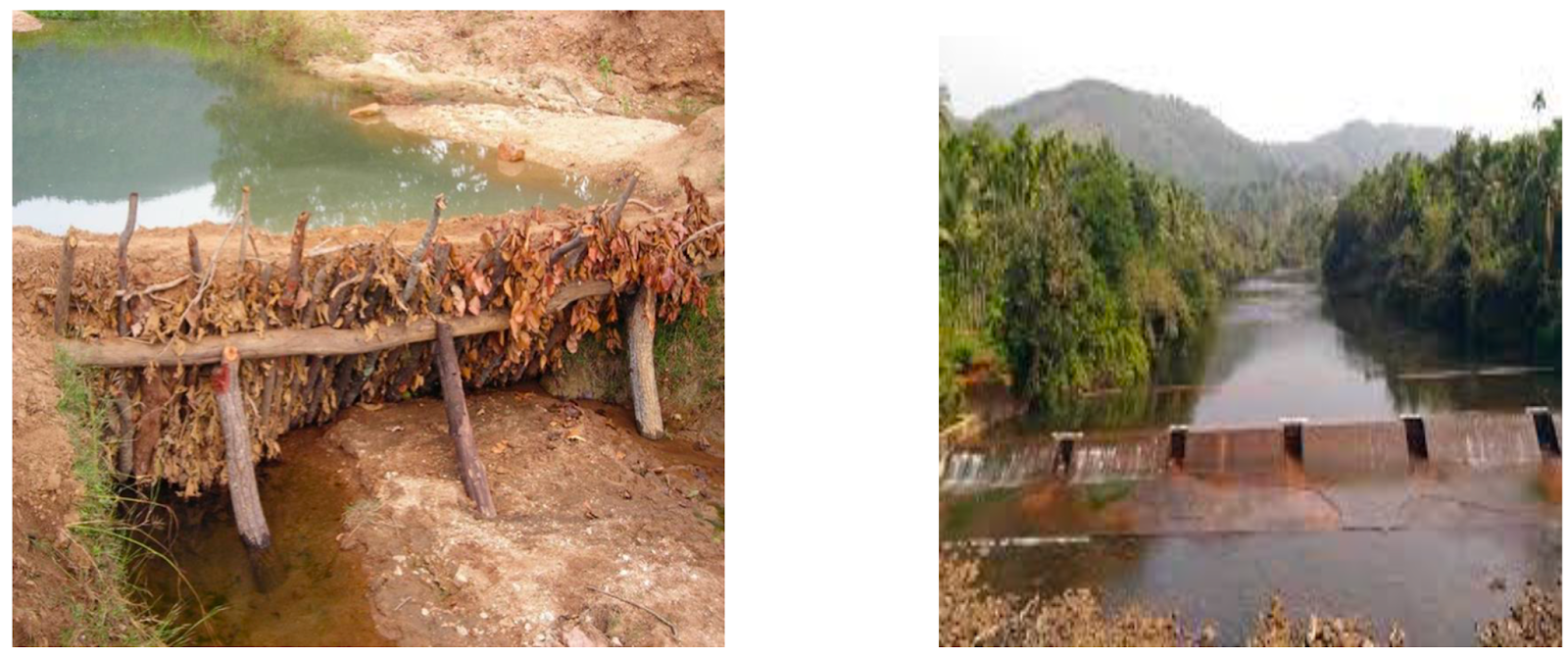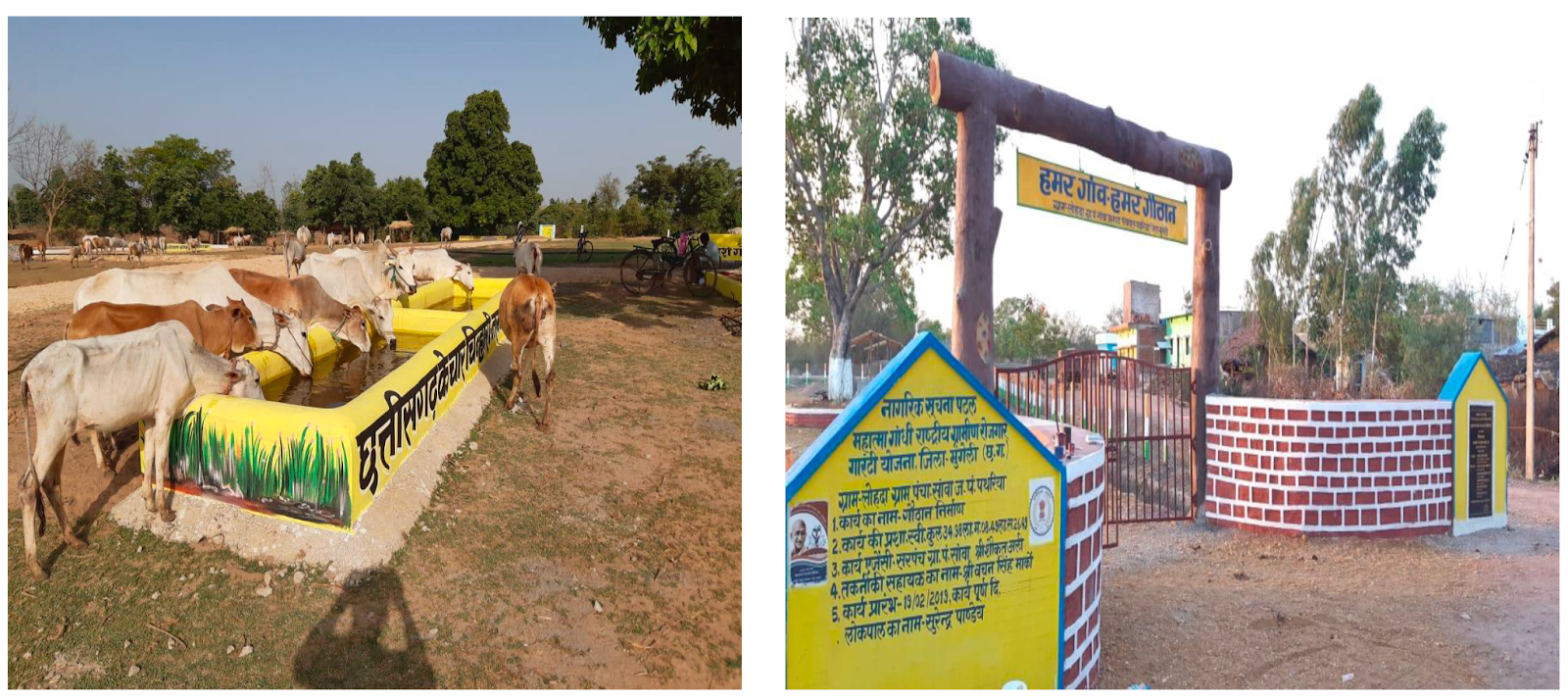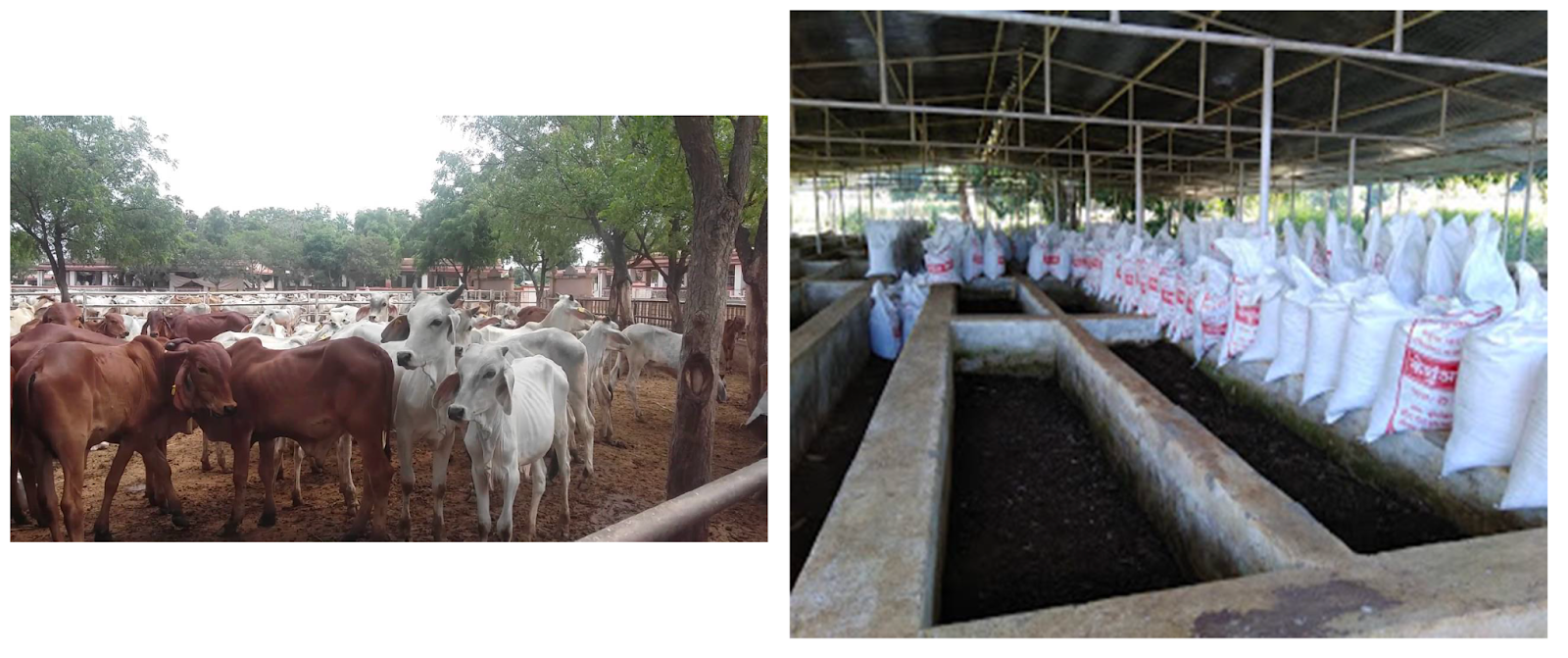
Welcome to the Third in the Knowledge Spectrum Series of Webinars.
Speaker: Shri Pradeep Sharma, Planning and Policy Advisor to Hon CM, Chhattisgarh
Host: Dr G. V. Ramanjaneyulu, Executive Director
The Background of the Topic
Chhattisgarh’s Rural Industrial Parks Initiative
Chhattisgarh is one of the states in India that has taken a focused approach to reviving livelihoods in rural areas and creating an institutional system for reviving the rural economy. The initiative called the Rural Industrial Parks Initiative (RIPA), started in 2019 as the Narwa Garuwa Ghuruwa Badi (NGGB) program. NGGB is an integrated and multidimensional model of village development that addresses a range of issues, from water resources to agriculture to nutrition.
In the rural economy farmer is not just a cultivator they also are also workers and artists (Kisan, Kaarigar and Kalakaar). The program is designed to improve the lives of rural residents by providing them with access to clean water for drinking and irrigation, Supporting livestock, and generating more nutritious food. It also aims to create jobs and boost the local economy.

Narwa: The Narwa component of the program focuses on the revival of the rivulets. This involves cleaning up and repairing nalas (small streams), which are important sources of water for irrigation and drinking.
- This led to a 28 cm/yr raise in groundwater levels.
- 300% (from 58,000 ha to 1.46 lakh ha) increase in area under millets and the state also announced MSP for small grains and procured.
Garuwa: The Garuwa component of the program focuses on cattle conservation. This involves building Gauthans (cattle shelters), providing free veterinary care, and distributing fodder. The cow dung is composted along with the biomass from crop residues left over in the farmers’ fields and purchasing dung from farmers. The compost is made available for farmers at a nominal price.
- Of the 10426 sanctioned, 10,206 are completed and 188 are under construction.
- 3,2100 Tons of organic fertilizer sequestrated
- 4500 Women SHG are linked with this program
- Many new products like ‘gobarkadiya’ and ‘gauriganeshis were developed and sold.
- Additional livelihood opportunities are also created for gauthans.
- About 5536 Gauthans are in forest areas and mobile grazing units.
- 5 lakh litres of additional milk was produced.

Ghuruwa: The Ghuruwa component of the program focuses on composting. This involves building biogas plants and composting pits, which help to reduce the use of chemical fertilizers and improve soil quality and have access to renewable energy.
- Garuwa and Ghuruwa together have supplied compost to the farmers at affordable prices and it led to a reduction of over 13% of chemical fertilizers used during last Kharif season.

Badi: The Badi component of the program focuses on backyard gardening. This involves providing seeds, training, and support to help rural residents grow their own fruits and vegetables.
- 1,75000 Nutrition Badis rejuvenated
The NGGB program has been implemented in over 10,000 gram panchayats in Chhattisgarh. The results have been impressive. Watershed regeneration has led to an increase in the availability of water, which has improved agricultural productivity. Cattle conservation has helped to improve the health of livestock, which has increased the availability of milk and other dairy products. Composting has helped to reduce the use of chemical fertilizers, which has improved soil quality and crop yields. Backyard gardening has increased the availability of fresh fruits and vegetables, which has improved the nutritional status of rural residents.
The NGGB program has been a success because it is a holistic approach to rural development that addresses the needs of the entire community. It is a model that can be replicated in other parts of India and the world.
The NGGB program is funded by the Chhattisgarh government and implemented by the state’s Department of Rural Development. The program has been praised by experts for its innovative approach to rural development and its potential to improve the lives of millions of people.
The success of NGGB led to its expansion and institutionalization as RIPA. RIPA builds on the principles of NGGB and takes a holistic approach to rural development. It aims to create self-reliant villages that are economically prosperous and environmentally sustainable.

RIPA is based on the following principles:
Community participation: RIPA is a community-driven initiative. The government provides support and resources, but the villagers are responsible for planning and implementing the projects.
Sustainability: RIPA is designed to be sustainable in the long term. The projects are focused on developing local resources and creating jobs that will benefit the community.
Holistic development: RIPA addresses a range of issues, from water resources to agriculture to nutrition. This ensures that the development of the village is balanced and sustainable.
RIPA has been successful in reviving livelihoods and creating jobs in rural areas. It has also helped to improve the environment and the quality of life for villagers. The key success can be attributed to ‘Gram Swaraj’ the concept mooted by Mahatma Gandhi for reviving the rural economy and later strengthened by people like JC Kumarappa-which talks about an approach without disturbing or distracting or losing the focus on the rhythmic, harmonical ecosystem of the villages.
The RIPA has created opportunities to revive rural livelihoods and the products are linked to exclusive markets C-Marts, currently 54 such shops are established.
Currently over 300 RIPAs are operational, each covering over 6-7 villages. The RIPAs focus on reviving the rural economy. Most of the funds (over 90%) are mobilised through convergence and State has spent an additional of Rs. 600 Crore.
To incubate and support RIPAs at block-level rural economic zones, at the district level Gandhigrams and at the state level Nawa Sewagram Society with a hundred acres campus is established.
Challenges
There are a number of challenges that need to be addressed such models have to be replicated These include:
- Scaling up: RIPA has been successful in a few villages in tribal areas, but it needs to be scaled up to reach more villages in plains and other states.
- Sustainability: RIPA needs to be sustainable in the long term. This means that the government needs to provide ongoing support and resources and help RIPAs to focus on generating enough resources to sustain themselves.
- Participation: The success of RIPA depends on the participation of the villagers. The government needs to ensure that the villagers are engaged in the planning and implementation of the projects.
Despite these challenges, RIPA has the potential to be a successful model for rural development. It is a holistic and sustainable approach to development that has the potential to improve the lives of millions of people.
Key Learnings
- Designing models which can revive the rural economy
- Developing courses
- The model is replicable in other states based on their local conditions

Usefull information
Thank you Sai Prasad garu